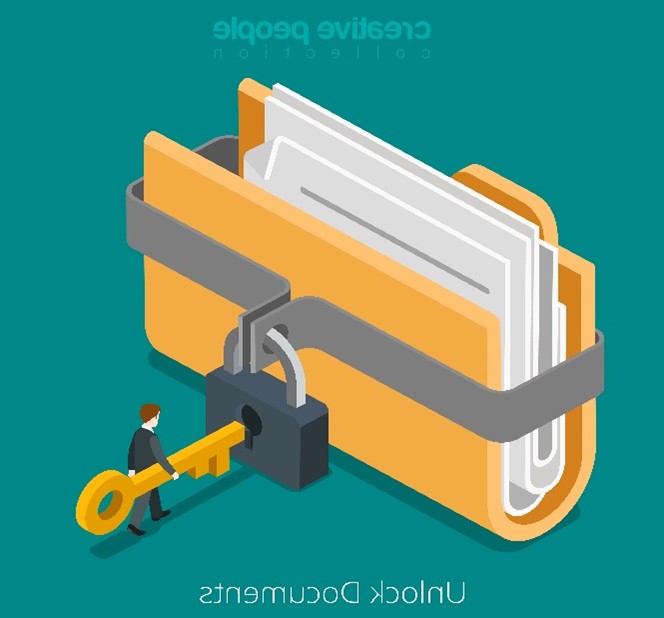Getting Rid of Non-Compete Agreements???? Maybe!!!
July 16, 2021New Jersey Wants to Vote Out Harassment in Politics
August 6, 2021By: Jennifer Weitz, Esq. and Ty Hyderally, Esq.
If a plaintiff recovers a modest amount in small claims court for nonpayment of wages, does this bar her from bringing a second action if she is seeking additional damages from the same defendant, but this time for failure to pay overtime wages? The Second Circuit recognized that NY City Civ Ct Act § 1808 had never been construed by the New York Court of Appeals, thus, it certified for the Court the following question: when a small claims court has rendered judgment on a claim, does § 1808 preclude a subsequent action involving a claim arising from the same transaction, occurrence, or employment relationship?
In Simmons v. Trans Express, 2021 N.Y. LEXIS 971, the Court of Appeals heard from plaintiff Charlene Simmons, who was suing her former employer for nonpayment of wages and overtime. Simmons, who worked for the defendant, Trans Express, as a driver, alleged that her rate of pay was $12.50 an hour, she worked 60-84 hours a week, and she worked five to seven days a week. Simmons further alleged that despite this work schedule, she was not paid overtime. Id. at *15. The first action was in small claims court, where she appeared pro se, alleging nonpayment of wages, and sought the maximum jurisdictional amount of $5,000. A court arbitrator awarded her $1,000, plus $20 in disbursements, “for unpd. OT.” Id. at *1. After the defendant satisfied the judgment Simmons brought an action in the District Court for the Eastern District of New York, alleging that the defendant failed to pay overtime wages in violation of federal and state law, and seeking additional damages. Id.
The defendant moved to dismiss, arguing that the prior action barred the federal litigation under the doctrine of claim preclusion, or res judicata. The plaintiff argued that NY City Civ. Act § 1808 rendered claim preclusion inapplicable to small claims judgments unless the subsequent action raised exactly the same claim or theory as the earlier one. The District Court rejected the plaintiff’s argument, but the Second Circuit certified the question for the Court of Appeals. Id. at *3.

In its examination of the statute, the Court of Appeals had to consider the interplay between two clauses in section 1808. The first section addresses collateral estoppel (issue preclusion) and bars re-litigation of facts and identical issues that were already decided and which were fully and fairly litigated by the estopped party, but does not preclude re-litigation of related claims. The second addresses scenarios where, “a subsequent judgment obtained in another action or court involve[s] the same facts, issues and parties.” The plaintiff claimed that the reference to “facts, issues, and parties” implied that section 1808 may address both claim preclusion and issue preclusion. The Court therefore had to resolve this ambiguity.
The Court first discussed its “transactional analysis approach” when deciding whether an earlier judgment has claim preclusive effect, so that “once a claim is brought to a final conclusion, all other claims arising out of the same transaction or series of transactions are barred, even if based upon different theories or if seeking a different remedy.” Id. at *4 (internal cites omitted). To determine whether two claims arise out of the same transaction or series of transactions, a court should analyze whether: (1) the claims involve facts that are related in time, space, origin, or motivation, (2) whether they form a convenient trial unit, and (3) whether their treatment as a unit conforms to the parties’ expectations or business understanding or usage. Id. The Court emphasized its “pragmatic and flexible” approach toward claim preclusion, since a rigid application, “could work considerable injustice.” Id.
Next, the Court discussed issue preclusion, which is related to claim preclusion but applies only where “the issue in the second action is identical to an issue which was raised, necessarily decided and material in the first action.” Id. at *5. The Court noted that the party against whom issue preclusion is applied should have “had a full and fair opportunity to litigate the issue in the earlier action.” Id. (internal cites omitted). Even with that, a court must examine “the realities of litigation, such as recognition that if the first proceeding involved trivial stakes, it may not have been litigated vigorously.” Id. at *6 (internal cites omitted). The Court cautioned against a “mechanical” application of either claim or issue preclusion, explaining that “the fundamental inquiry” is whether to allow re-litigation given “often-competing policy considerations, such as fairness to the parties, the limited resources of both the courts and the litigants, and societal interests in consistent and accurate results.” Id. (internal cites omitted).
The Court then turned to the text of NY City Civ Act § 1808. The Court noted that the language after the first clause “introduces some ambiguity,” and the Court examined the legislative history of the statute. Prior to 2005, section 1808 read that, “A judgment obtained under this article may be pleaded as res judicata only as to the amount involved in the particular action and shall not otherwise be deemed an adjudication of any fact at issue or found therein in any other action or court.” In 2005, the term “res judicata” was deleted because, as the Sponsor’s Memorandum noted, it was “inapposite,” since it refers to claim preclusion. Id. at *9. The Court found that “the true intent of section 1808 was to make clear that a small claims judgment has no collateral estoppel or ‘issue preclusion’ effect in a subsequent proceeding so as to protect parties from any unforeseen consequences of the small claims proceeding.” Id.
The Court pointed out that many New Yorkers will only interact with the judicial system through an unrepresented proceeding in small claims court, making the need for clear, easily understood laws that much more important. In sum, the Court announced, a small claims judgment may preclude a subsequent claim between the same adversaries arising out of the same transaction or series of transactions as the prior action; however, it is a fact specific inquiry. Id. at *11. The Court deferred to the federal courts to answer the plaintiff’s claim. Id.
En nuestra firma hablamos español. This blog is for informational purposes only. It does not constitute legal advice, and may not reasonably be relied upon as such. If you face a legal issue, you should consult a qualified attorney for independent legal advice with regard to your particular set of facts. This blog may constitute attorney advertising. This blog is not intended to communicate with anyone in a state or other jurisdiction where such a blog may fail to comply with all laws and ethical rules of that state of jurisdiction.

